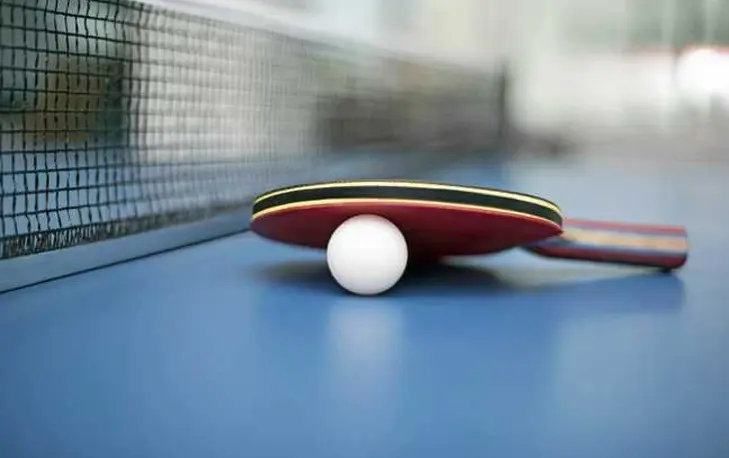A Quick Guide to Ping Pong Rules

You might think of ping pong as a fun activity while hanging around with some friends, but it's a pro sport like any other, complete with a code of conduct and strict rules. This means that knowing the basic ping pong rules is crucial.
The International Table Tennis Federation (ITTF) even lays out how many sponsorships can be on players' shirts in the table tennis rules - no more than two.
Whether you're playing for a world championship or want to be the trophy winner among your friends, make sure you know these basic ping pong rules.
Set-up and Equipment
While table measurements and bounce height don’t necessarily matter when you’re playing on the web, it’s helpful to know the regulations if you’re thinking of taking on a league.
An official ping pong table has the following measurements:
- 2.74 meters long
- 1.525 meters wide
- 76 centimeters high
The surface can be any material but it needs to have a uniform bounce height of 23 centimeters when a standard ping pong ball is dropped on it from 30 centimeters high.
The table is divided into two half courts, each further split into two halves, and a net is stretched across the table at the halfway point. The top of the net must be 15.25 centimeters above the surface.
Ping Pong Serving Rules
When you serve the ball, it must bounce once on your side of the net and once on your opponent's side. They can't return the serve until the ball hits their side of the court. This is one of the ping pong rules that is often broken by beginners.
The ball must pass over the net without touching it for the play to continue. If it hits the net but still goes over, it's called a "let" and gets re-served. If it hits the net and doesn't go over, you lose the serve and your opponent gets a point.
Scoring in Ping Pong
The official ping pong rules changed in 2001. Before that, the winner was the first player to reach 21 points but under the current rules, the winning score is 11 points.
There must be a 2-point gap between players at the end of the game. When the game hits 10-10, it's a "deuce" and play continues until one player gets a 2-point lead.
A ping pong match can be any number of games but the most common is best 3 out of 5. The only restriction is that it needs to be an odd number to avoid ties.
Singles Rules
In a singles game, a player serves twice, and then service switches to the other player. This changes to alternating on every serve in extra play.
There's no official rule about how to decide who serves first so it's up to the players to decide.
Service doesn't have to be diagonal in a singles game - you can serve straight across to your opponent.
Doubles Rules
In a doubles game, there are slightly different ping pong rules. The serve does have to be diagonal. The serving team decides which partner serves first. Let's call them player 1A. The service rotation is as follows:
- 1A serves 2B
- 1B serves 2A
- 2A serves 2B
- 2B serves 1A
Each player serves twice and this rotation continues throughout the game. Teams alternate the first serve for each game in the match.
Are You Ready to Play Ping Pong?
Now that you have these ping pong rules to work with, you're probably itching to play. But what if you don't have a place to play or anyone to play with?
CoolmathGames.com has you covered. Play our online ping pong games Retro Ping Pong and Table Tanks for free today.